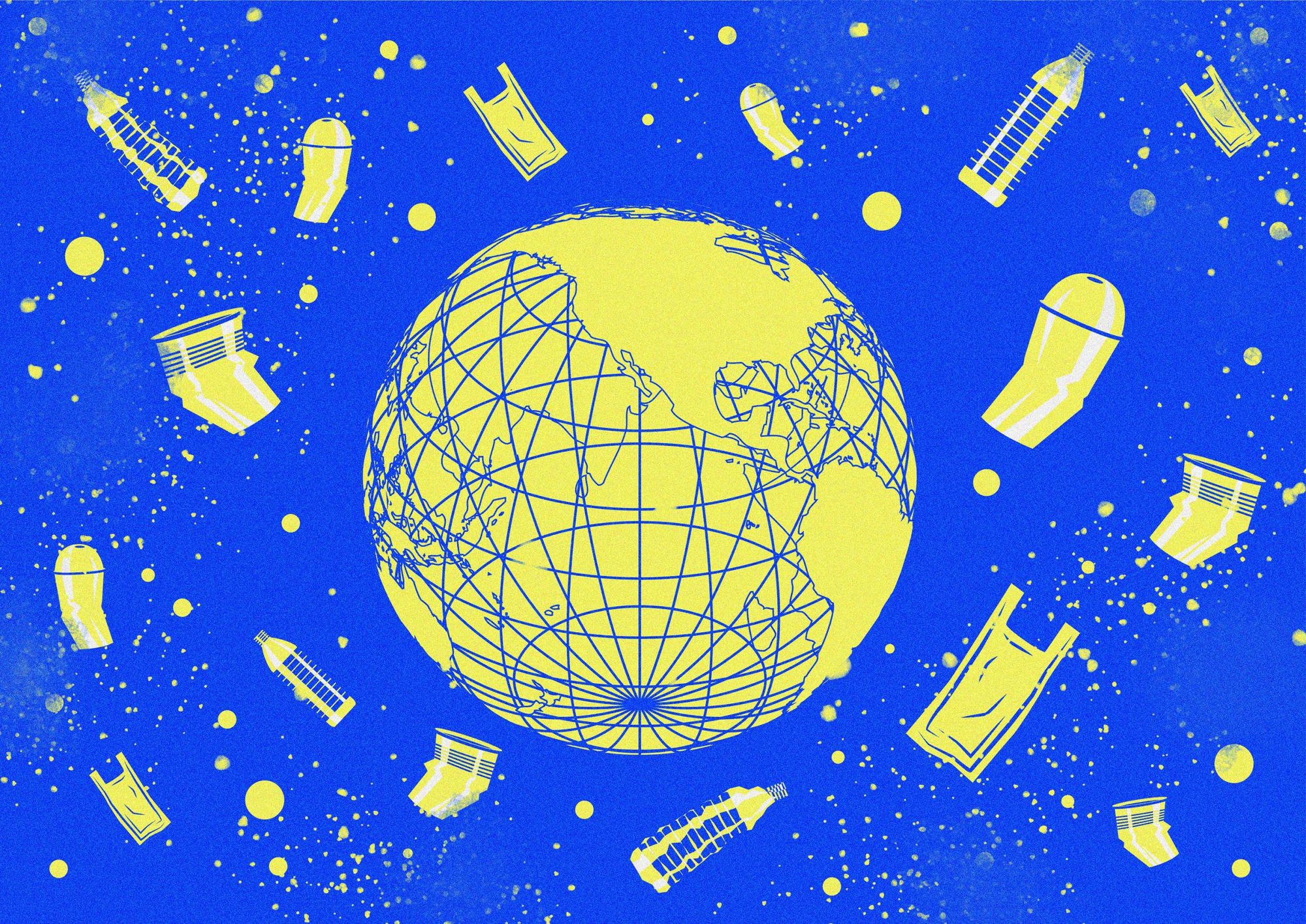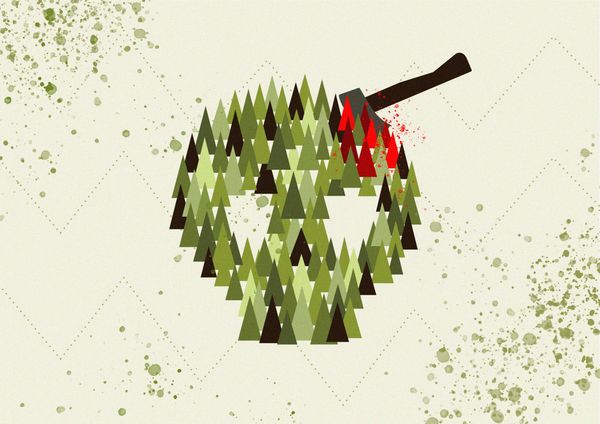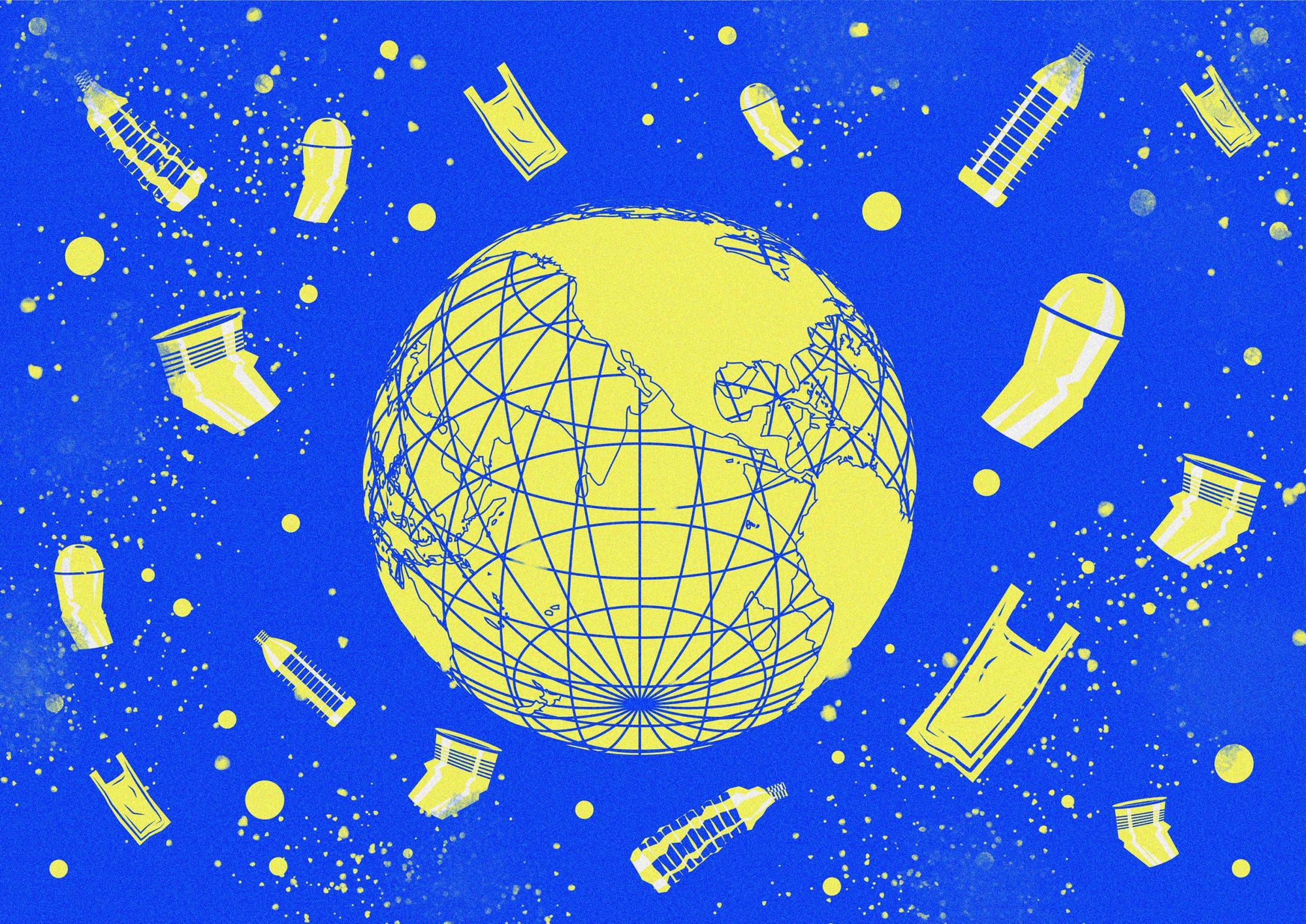Of course not, but one fact is worth knowing: there are more than 130 million pieces of space debris that are greater than one mm circling all around the globe, which could fall to the ground at any time and pose danger to our lives.
What is space debris and how it is created?
At first, you might think that space contains nothing but particles, magnetic spheres, stars, and cosmic rays, but the reality is that there are a huge number of satellites, debris, and part of rockets, which are constantly orbiting around the Earth. The evolution of space exploration automatically comes along with the rapid appearance of space debris as a kind of human imprint in space. Some of the space junk burns up in the atmosphere, but most of them without removing remains in orbit. According to the European Space Agency (ESA), the number of space debris increases rapidly, which is a bigger threat to mankind than the aliens.
By implication, there are several definitions of space debris. The most accepted is that “space debris encompasses both natural meteoroid and artificial (human-made) orbital debris. Meteoroids are in orbit about the sun, while most artificial debris is in orbit about the Earth (hence the term “orbital” debris)”. To simplify the previous definition, orbital debris is mostly man-made objects, which orbit around the Earth and no longer perform a useful function. Such space junk includes non-functioning spacecraft, abandoned launch vehicle stages, and mission-related debris. Some of them were created by different orbital collisions, while in some cases they were even the result of anti-satellite tests.
According to some research and surveys, there are about 23 000 pieces of space junk larger than 25 cm orbiting the Earth. Typically, they could reach speeds of up to 30 000 km/h. At this speed, even smaller debris can cause significant damage to a satellite or even a spaceship. There have also been several instances in history that the International Space Station, or various satellites, have had to change their orbits due to space debris.
Furthermore, an interesting phenomenon has been experienced. Even tiny elements of space junk can cause serious damage to a spacecraft when traveling at these velocities, therefore space shuttle windows were often replaced. “In fact, millimeter-sized orbital debris represents the highest mission-ending risk to most robotic spacecraft operating in low Earth orbit”.
Based on the present-day dates the biggest polluter is Russia, which follows the USA, and China is in third place on the podium. The number of space junk which belongs to France, Japan, or India cannot be compared to the first three polluters.
What danger does it cause?
Space debris orbiting the Earth poses and carries different dangers depending on its type and size. The problem is not confined to the risk posed by the exploration of space. Some space debris items in orbit will gradually lose height and burn up as they enter the atmosphere of the Earth. However, larger pieces will be able to get through, crash into Earth and constantly pollute their environment.
Space junk such as inactive satellites, and missile remnants pose a significant threat because they can increase the frequency of collision, and as a result, they could destroy satellites as well. In conclusion, even if the Internet supply is disrupted, the accuracy of the tracking systems may decrease, which can lead to supply problems. Nowadays in an accelerated, digital world, many service providers and industries depend on a stable Internet connection.
An interesting phenomenon happened in the past with the Russian Proton rockets, which crashed in the region of eastern Siberia. Rocket elements containing toxic fuel (unsymmetrical dimethylhydrazine) posed danger to plants and animals. On the top of that, the number of cancer cases in the area has significantly increased as well.
Do existing solutions work?
First measures to mitigate the space debris problem appeared in the mid-1990s when the National Aeronautics and Space Administration (NASA) published a set of guidelines, followed by other countries’ space agencies. In 2002, ten countries established the Inter-Agency Space Debris Coordination Committee which also adopted guidelines. However, practical implementation of the plans had not been started at that time.
At the end of the 2000s, China and the USA tried to mitigate the space debris situation by intercepting satellites with missiles. The Chinese endeavor resulted in a catastrophe–it increased the number of orbiting space debris elements by 25%.

International Space Station (ISS) and all other spacecraft can conduct collision avoidance maneuvers since the trajectory of space junk elements can be forecasted well. Nevertheless, it does not diminish the high importance of sustainable space debris mitigation measures.
Some researchers and companies are suggesting that also spacecraft could pick up items of space debris and force them to de-orbit and burn in Earth’s atmosphere. For instance, SpaceX’s executive director said that the Starship rocket system could help clean up the 760,000 pieces of space junk in orbit. This method would be beneficial in the case of small-scale items.
Many private companies use cutting-edge technologies to remove space debris, e.g., AirbusSAS (U.S.), Astroscale Holding Inc. (Japan), and Voyager Space Holdings Inc. (U.S.). Additionally, some smaller start-up companies, research institutes, and universities are getting involved in space debris management, too.
In 2025 ESA is planning to launch its own space junk removal mission, in cooperation with a Swiss start-up called “ClearSpace”. The predicted cost for this mission is $ 103 million. According to ESA, the number of tracked debris objects is about 22 330. Removing this space junk significantly strengthens the long-term sustainability of spaceflight. In the upcoming years, the U.S. Department of Defence will expand enormously its supervision of space debris as well.
One of the main problems with the removal is the rights issue of the space. It is not allowed to grab a satellite or rocket which belongs to another country. The UN Outer Space Treaty tries to regulate property rights issues. It highlights that all nations are responsible for their satellites. All above, the aim of the debris mitigation guidelines of the ESA is to create a framework for the space junk removal process.
In February 2022 an interesting incident happened. About a rocket that crashed into the Moon was believed that it belongs to SpaceX, but after a while is revealed that it was a Chinese missile. This case illustrates excellently how difficult it is to identify the origin country of the space junk.
Socio-economic aspects
The protection and mitigation costs against space debris will increase dramatically in the next decades. Getting comprehensive data is not possible, but approximately this cost is 5-10% of the total mission. Debris-related damage, operation orbit clearance, or insurance costs may appear as a significant charge in managing space debris.
The current cost of space debris mitigation cannot be compared with the expected future expenses. In the worst-case scenario, certain orbits could become inaccessible because of the so-called self-reinforced space debris generation. In other words, it means that the high number of space debris around our Earth could reach a point where it will create even more space junk– this phenomenon is called Kessler syndrome.
Kessler syndrome could have a negative impact on government service and could slow down economic development since satellites have a strong influence on our society such as communication services, internet, weather forecast, interrupted climate research, or earth science. The rural regions and low-income territories will be most negatively affected due to the unequally distributed social costs.
There are economic policies such as taxes, fees, charges, subsidies to mitigate the environmental pollution caused by space junk. The adoption of these can be a major challenge for policymakers due to their applicability and effectiveness.
Future outlooks
The European Space Agency will launch its ClearSpace-1 mission as it stands today in 2025 which will be the first mission to remove space junk. ESA is active in developing technologies against space debris. For example, the newly-created ‘Design for Removal’ technologies will be added as elements to future satellites.
The enlarged partnership between the private sector and countries is essential to reach a long-lasting solution. We could mention good international examples as well to mitigate the effect of the space junk at the national level. For instance, New Zealand has launched the “Space Regulatory and Sustainability Platform” to track space objects and monitor their compliance connected to their permission condition.
There is no intensive bilateral cooperation between NASA and the China National Space Administration. In contrast, NASA and ESA are working closely together on robotic missions on the International Space Station. They plan to send a crew to the Moon in the near future. Japan Aerospace Exploration Agency and NASA have a strong collaboration as well.
However, the strong cooperation achieved so far on ISS will end due to the ongoing Russian-Ukraine conflict. Russia has confirmed that they will leave the International Space Station in two years. The USA and Russia used to be one of the major partners in the ISS project. The USA was historically responsible for providing life support for the crew, and Russia was mainly in charge of keeping the ISS in orbit. Moreover, as we have written about, Russia is currently the largest emitter of space debris and in the absence of cooperation, it is not clear yet how the Russian space junk will be collected, if the country is not willing to do this obligatory.
Let us conclude our “space journey” with the thought of former astronaut Christina McAuliffe, which perfectly sums up the fact that everything that happens in space is our shared responsibility: “Space is for everybody. It’s not just for a few people in science or math, or for a select group of astronauts. That’s our new frontier out there, and it’s everybody’s business to know about space”.
Authors: Péter András Majzik, Dávid Balázs Hámori, Dénes Kőbányai
Graphics: Pisla Réka | Hype&Hyper
Reference: Undseth M., Claire J., Mattia O., (n.d.). 2020, The Economics of Space Debris in Perspective

Ready, set, beach! | TOP 5

Prague’s Manifesto Market awaits city dwellers at a new location










